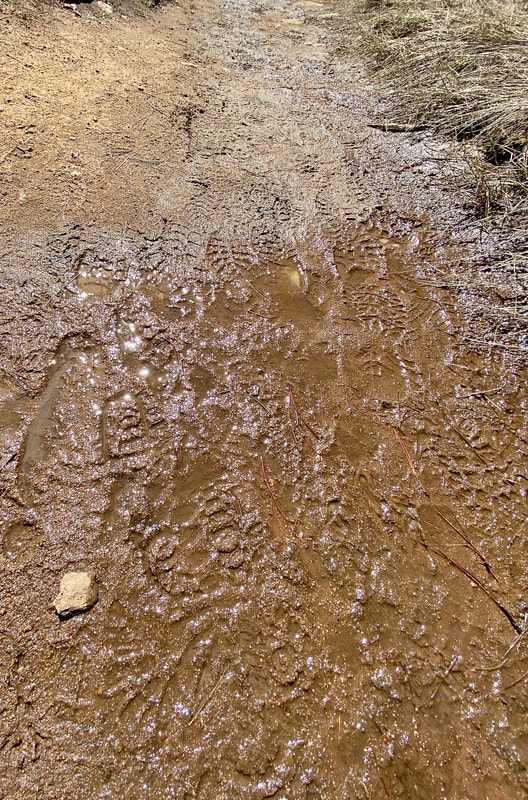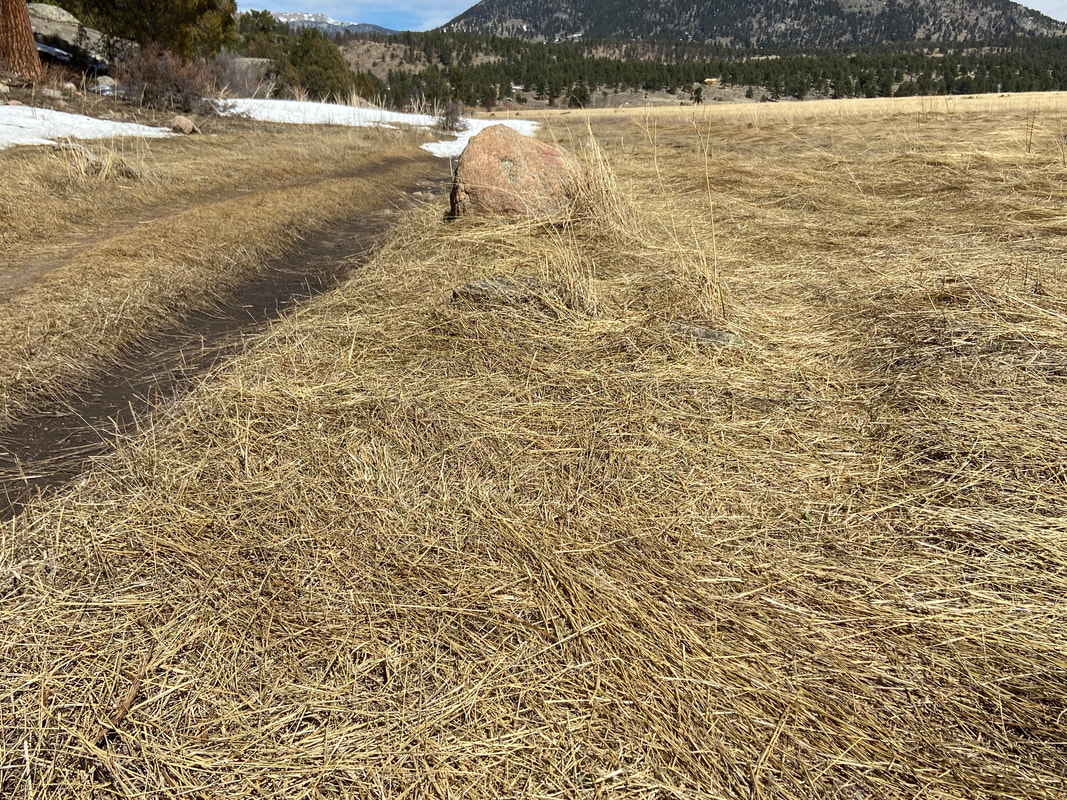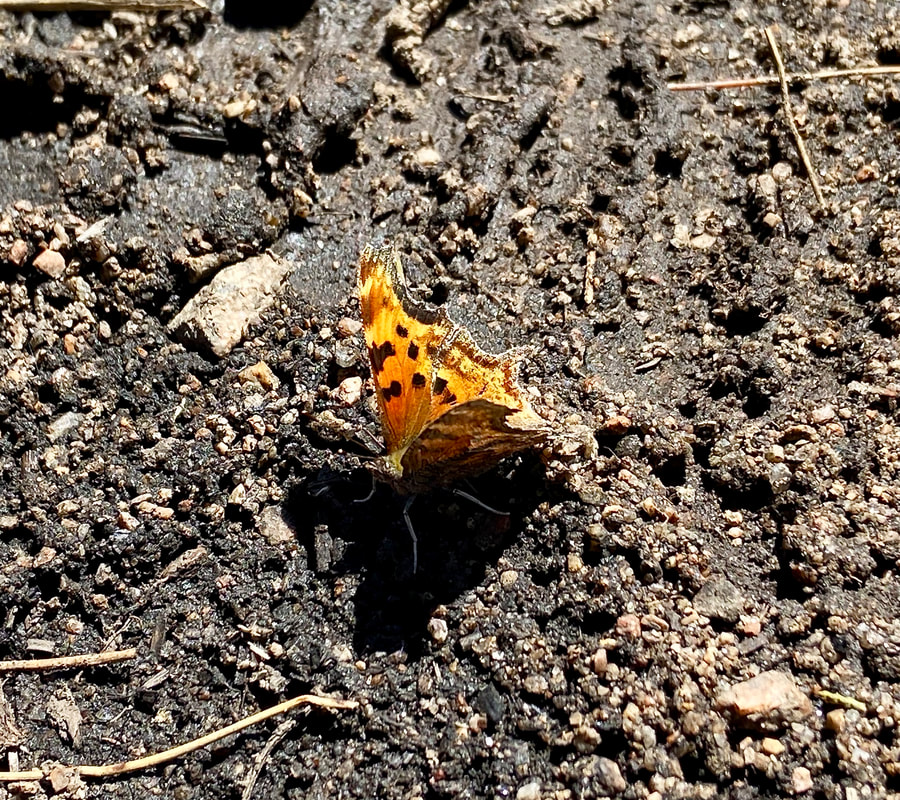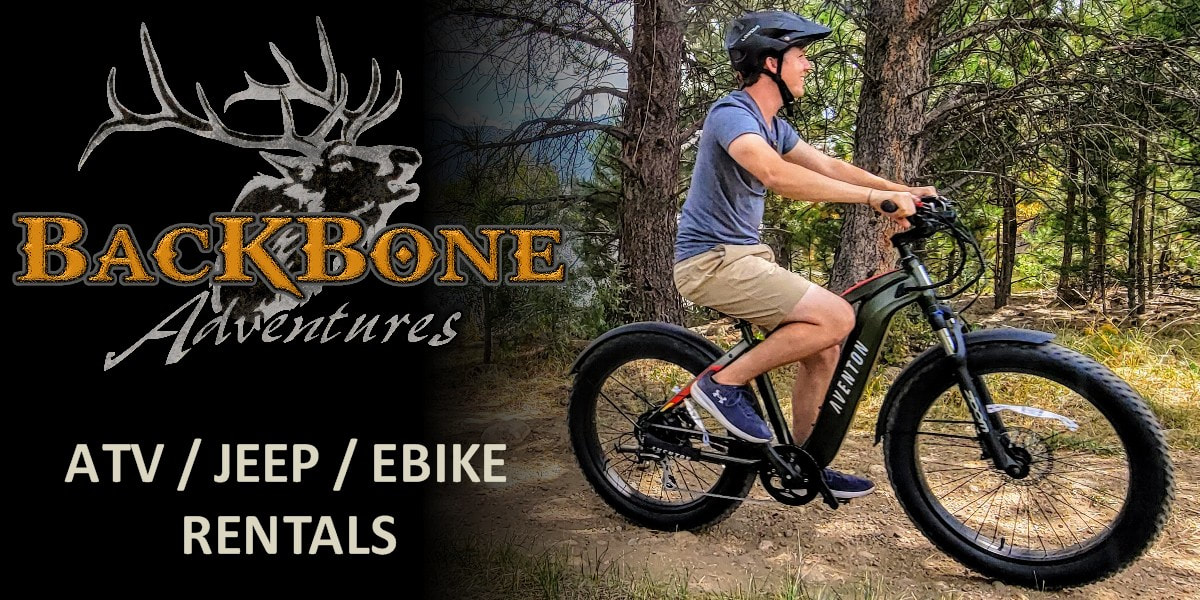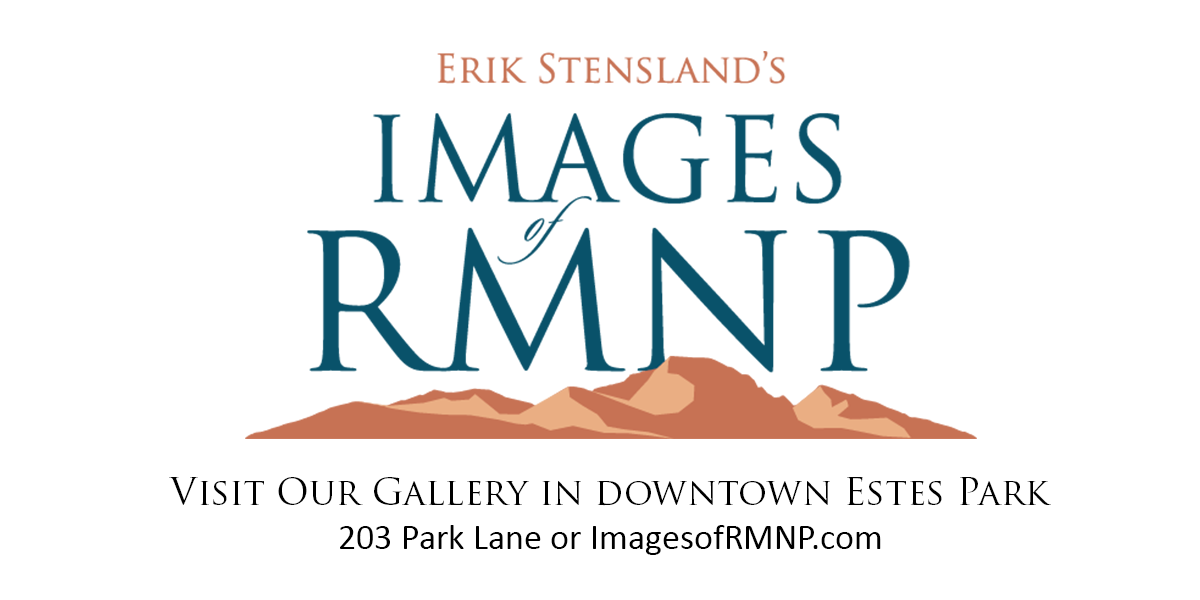|
“Like wildflowers, You must allow yourself to grow In all the places People thought you never would.” - Winston Porter Story and photos by Marlene Borneman I spend hours in Rocky each spring/summer with my loupe and camera in hand identifying and photographing native wildflowers. I'm hopeful one day to spot a new or rare species. Rocky embodies several life zones: foothills, montane, subalpine, and alpine. Each life zone hosts a diversity of habitats providing a variety of plant life—from dry forested hillsides, open meadows, lush wetlands, rocky scree slopes, to sweeping tundra. Some wildflowers even prefer to plant their feet in disturbed areas caused by fire, floods, avalanches, animals, and humans. Wildflower hikes are a terrific way to explore the Park. With increasing interest in identifying and photographing native plants comes a need to protect these plants and their habitats. Leave No Trace Center for Outdoor Ethics and their Seven Principals have been around since 1990 (see November 2021 Issue of HIKE ROCKY). Did you know there are Wildflower Ethics too? I'm partial to the company of wildflowers. I look forward to meeting the first spring wildflowers sprouting up in March and April. This delightful time, however, often results in damage to plants, habitats, and trails. Spring is the time when nature's emergent gifts are most vulnerable. Locals refer to spring in the mountains as “mud season.” With melting snows and run offs the trails become muddy and filled with wide, deep puddles. The trails may be still icy and snowy. It is so tempting to hike around puddles/mud/ice/snow. But hiking around these obstacles causes “social trails” damaging vegetation that may take decades to heal. The well-known cliché, “Leave Only Footprints and Take Only Memories,” is a good start. However, a hiker’s footprint placed in the wrong spot can cause irrefutable damage. Trampled grasses start to resemble a trail and others will follow. The most beneficial act a hiker can do is walk right through nature's obstacles. It makes me happy to see boot prints on muddy trails! Mindfulness and wildflower hikes go hand in hand. Mindfulness is characterized by a slow pace, thoughtfulness, being gentle, nurturing, searching and curious, and being in the moment. Wildflower hikes certainly take on these characteristics. When in nature staying in the moment builds skills in identifying plants while ensuring their integrity. I get absorbed in giving my full attention to the minute details of flowers. I hike slower. I'm patient with locating plants and diligent in seeking out a heap of research. Every mindful step saves a plant, a trail and maybe an insect or two. I'm also mindful of the hard work trail crews perform in building trails for my recreational use. Shortcutting around muddy or icy trails makes their work twice as hard in repairs. Stay on established trails. The alpine tundra is especially open to destruction by hikers. The alpine tundra is a fragile ecosystem hosting several plant communities. Wildflowering on the tundra demands mindful thinking. Even moving a small rock can be a death sentence for a tiny alpine flower. Again, stay on established trails when possible. The alpine flowers are true survivalists adapting to several challenges. They endure a short growing season, strong winds and storms, freezing temperatures and often drought conditions. Despite these challenges alpine flowers have adapted to survive in the land above trees providing us with exquisite blooms. Alpine flowers grow low to the ground, protecting them from fierce winds while soaking up heat radiated from the ground. Deep tap roots spreading out to find water and securing to the thin soil also benefit these plants. Most alpine flowers are covered with fine hairs on leaves and stems trapping moisture, heat, and acting as a sunscreen. Damage to these tiny plants could take hundreds of years to recover, if at all. Hike on durable surfaces, rocks, hard-packed dirt, four inches or more of hard- packed snow. When hiking with others spread out like a fan to avoid walking over the same ground. When climbing high peaks stay on designated routes. Braiding trails on peaks causes erosion and loss of alpine flora. Place backpacking tents only on designated sites, keep a clean camp, and avoid removing rocks, dirt, etc. Not unlike a lot of wildflower enthusiasts, I enjoy capturing that flawless photo of my favorite wildflower. I also appreciate the thought that the rare wood lily out in the middle of a wet meadow is more beautiful than the one right next to the trail, but it is not. It is like that one raspberry in the very top of the shrub you must get but instead end up with a painful hand full of thorns. Valuing that flower next to the trail is the best choice. Removing tree limbs or other natural objects for that flawless photo can also be destructive to plants as these natural objects may provide shelter and/or nutrients. Be creative with photographing flowers without rearranging the area that is naturally theirs. I use a Canon power-shot SX40 camera combined long lens with mega zoom that enables me to get photos standing several yards away. I also use an Olympus E- M5 Mark II with an interchangeable macro lens. Consider a pair of binoculars specifically developed to view the minute details of flowers, butterflies, birds Consider a pair of binoculars specifically developed to view the minute details of flowers, butterflies, birds from a distance. A good choice is Pentax Papillion II series. Many years ago, I did not know much about outdoor ethics and I'm sure I may have caused some damage. These days I'm mindful where I place my feet, my hands, my backpack. Being mindful in the natural world takes practice. Here are suggestions to make mud season comfortable for the hikers and safe for plants:
My simple message to wildflower devotees is awareness. Hikers using a mindful lens are truly diligent about protecting our natural world. The reward is a bountiful wildflower season year after year!  Marlene has been photographing Colorado's wildflowers while on her hiking and climbing adventures since 1979. Marlene has climbed Colorado's 54 14ers and the 126 USGS named peaks in Rocky. She is the author of Rocky Mountain Wildflowers 2nd Ed, The Best Front Range Wildflower Hikes, and Rocky Mountain Alpine Flowers. Purchase her books here
0 Comments
Leave a Reply. |
Categories
All
|
© Copyright 2025 Barefoot Publications, All Rights Reserved



